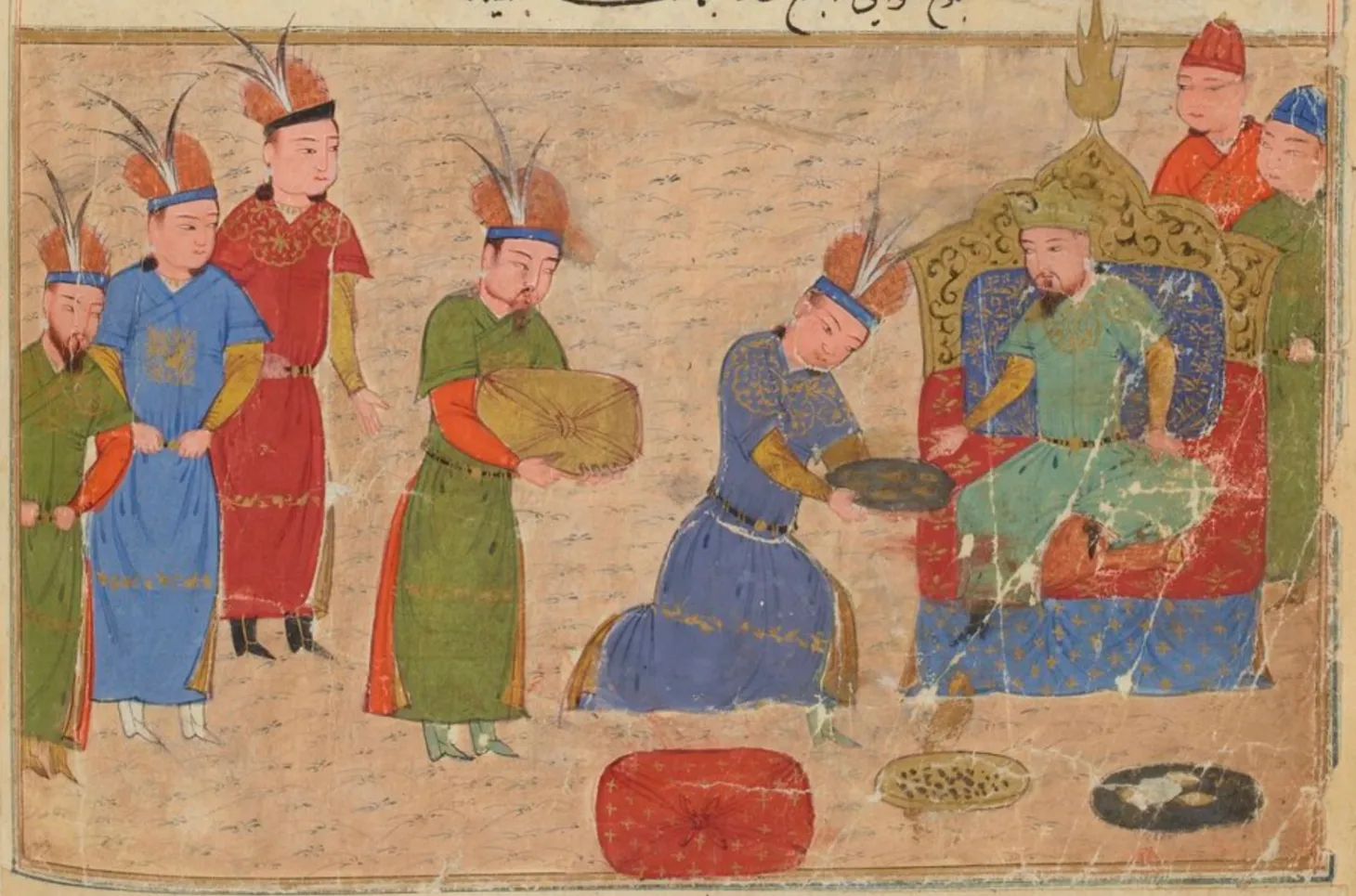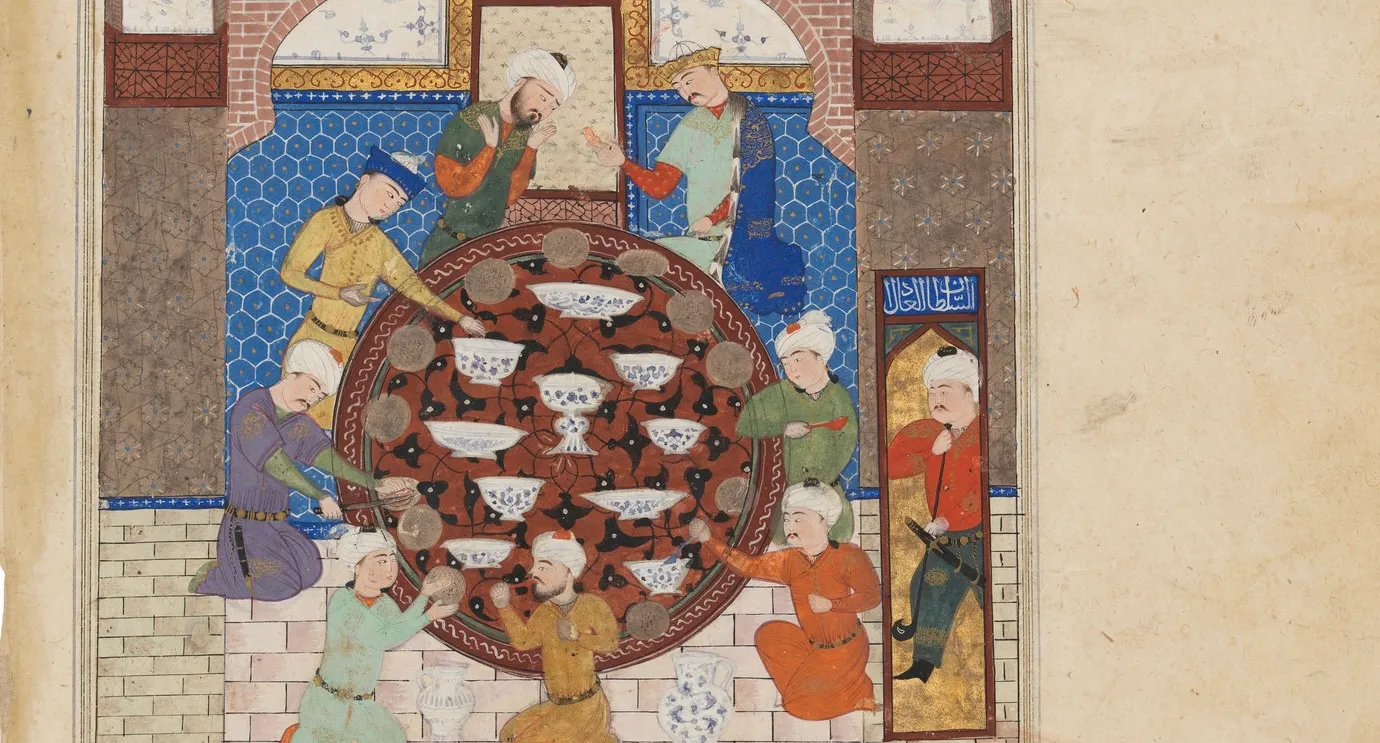“Maintain Friendly Relations with All Countries”: Competing Global Visions from 1945 to 1975
A discussion of how to teach the Cold War as a global event with multiple visions for the world.

Many of my formative memories come from the 1980s. I grew up in an era of intensive American Cold War propaganda, and I often “learned” about the Cold War from popular culture. As teachers, most of us can probably think of a movie, television show, or song that was their “introduction” to the Cold War. For me, it was, unfortunately, Rocky IV. For a year, I could only imagine the Cold War as a struggle between the United States and the Soviet Union because of Rocky IV. It was a decades-long fight between good and evil. Fortunately, a year later, I started listening to the Dead Kennedys, and my view of the world changed.

From a White American perspective, the three decades after World War II are usually understood as the height of the Cold War. It’s a story of conflicts abroad, McCarthyism, and lots of bad propaganda. But when we think about these decades from a world historical perspective, the narrow Cold War perspective is problematic. It’s a story revolving around two countries, and the rest of the world is just a stage for American and Soviet conflicts.
To help students better understand the period from 1945 to 1975 from a global perspective, I focus on three essential questions that are globally focused rather than American focused. The first question is why and how did countries that fought together in a world war become rivals after the war. The second question is why did imperialism end and how did formerly colonized peoples gain their independence. The third question is what were the main features of each of the three different competing global visions.
From Allies to Rivals: The Next Stage of Competing Global Visions

This content is for Paid Members
Unlock full access to Liberating Narratives and see the entire library of members-only content.
SubscribeAlready have an account? Log in



